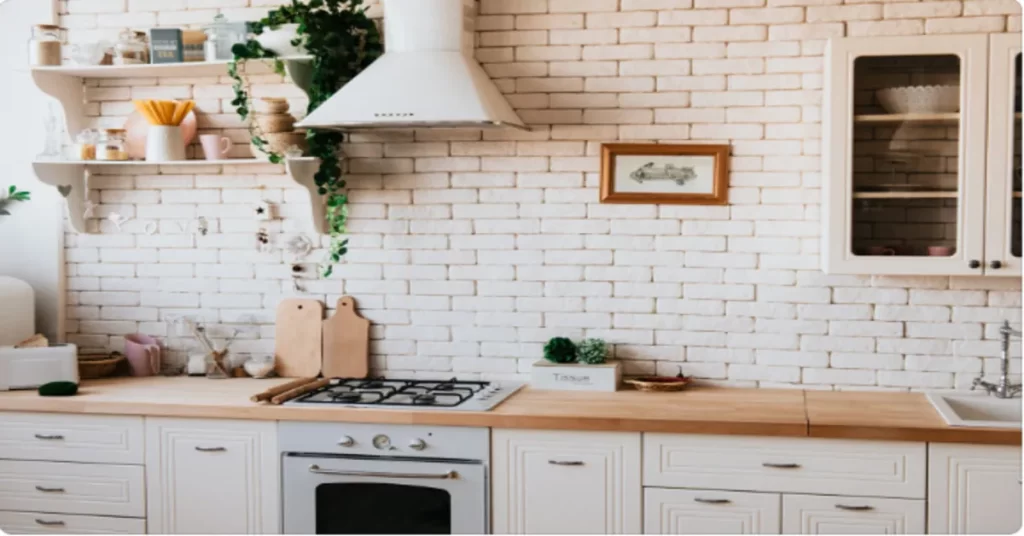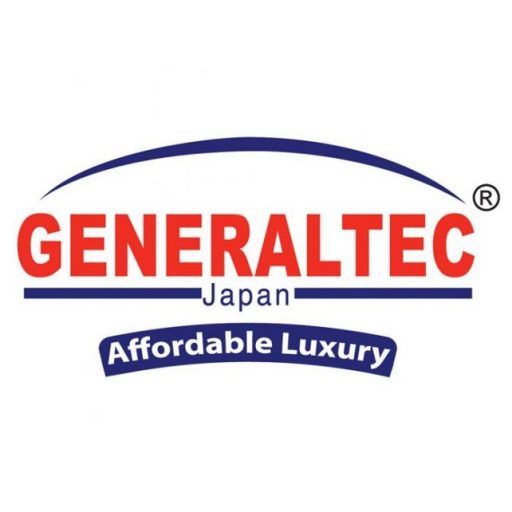Range Hood Essentials: Achieving Proper Ventilation for a Clean Kitchen
Ultimate Guide to Range Hood Essentials
A clean and well-ventilated kitchen is the heart of a healthy home. One essential element that contributes to both cleanliness and air quality in the kitchen is a range hood. Often overlooked, a range hood plays a crucial role in removing cooking odors, smoke, and airborne grease, creating a more pleasant and hygienic cooking environment. In this blog post, we’ll explore the key aspects of range hood by Genraltec whic are essentials to help you achieve proper ventilation for a clean kitchen.
Understanding the Importance of Range Hoods
Range hoods are designed to extract and filter out contaminants produced during cooking. These contaminants include grease particles, cooking odors, smoke, and excess heat. Without proper ventilation, these elements can linger in the air, settle on surfaces, and contribute to poor indoor air quality.
Choosing the Right Type of Range Hoods
Range hoods come in a variety of styles, including ducted and ductless models. Whereas ductless range hoods employ filters to clean and circulate air, ducted range hoods vent air outside. The layout of your kitchen and the amount of ventilation you need will determine which option is best for you. Although ductless hoods can be installed more easily, ducted hoods are typically more efficient in eliminating pollutants.
Appropriate Dimensioning and Assembly
With range hoods, size is important. Selecting the appropriate size guarantees that the hood can efficiently collect and eliminate cooking residues. Choose a hob that either equals or surpasses the width of your hob or range by measuring its width. It is essential to install everything correctly, including the height above the cooking surface.
Consider Ventilation Power
Cubic feet per minute (CFM) is the unit of measurement for range hood power. Greater capacities for air extraction are indicated by higher CFM numbers. It is advised to select a hood with enough CFM for your kitchen size and cooking style to provide optimal ventilation. A stronger hood could be necessary when using a gas stove or cooking on high heat.
Regular Maintenance and Filter Replacement
Regular maintenance is essential to guarantee that your range hood keeps functioning at its best. To avoid the accumulation of grease and dirt, clean the hood and all of its parts regularly. Replace the filters in your ductless hood following the manufacturer’s instructions. This keeps your appliance’s ventilation in good condition and increases its longevity.
Include Extra Ventilation Techniques
Although a range hood is an essential part of kitchen ventilation, think about enhancing it with other tactics. Improving the general quality of air can be achieved by opening windows, utilizing exhaust fans, and keeping the kitchen well-ventilated.
Conclusion
Purchasing a high-quality range hood and being aware of its functions is a crucial first step in making sure your kitchen is properly ventilated. In addition to improving your cooking experience, a clean, well-ventilated kitchen helps you and your family live in a healthier atmosphere. For the full benefits of a fresh and clean kitchen, take your time selecting the ideal range hood, installing it correctly, and maintaining it.











